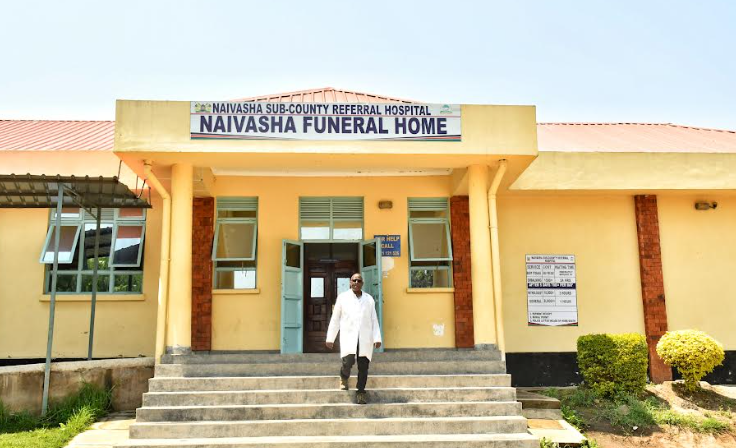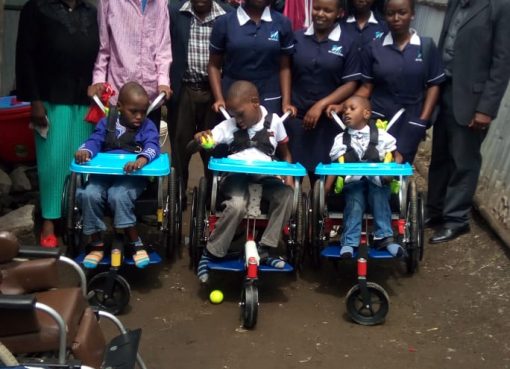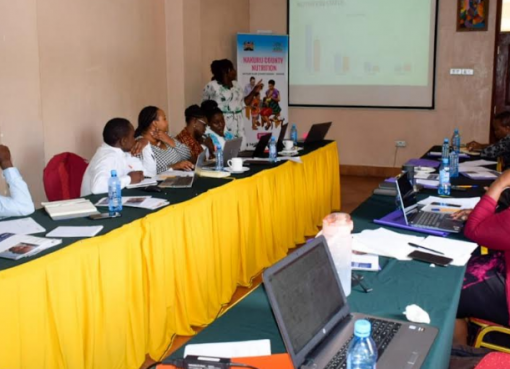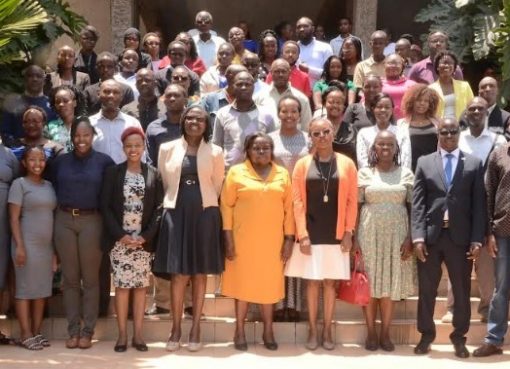A move by the Nakuru County Government to modernise the Naivasha public mortuary has enhanced efficiency in service delivery thanks to upgraded capacity, modern cold rooms, and a dedicated team of morticians.
The decision was necessitated by calls to revamp the old morgue which had a mere capacity of 12 cold rooms and was often overstretched to limits due to the high number of bodies brought in for preservation.
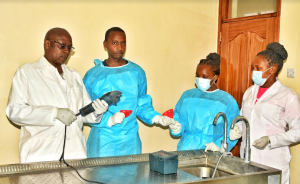
The old morgue facility located at the Naivasha Level IV hospital had outlived its usefulness, and the old cold rooms needed the much-awaited retirement. The facility had also become notorious for its unpleasant odour.
According to the County Director of Health Services, Dr. Daniel Wainaina, Sh35 million was allocated to facilitate the construction of the modern and spacious public morgue that meets the requirements of public health regulations.
Dr. Wainaina said the new facility, which started operations in June last year, has been installed with initial 24 modern cold rooms, an embalmment [body preservation] section, a post-mortem room, and a public viewing area.
The director said that once completed, the facility will accommodate over 100 bodies as the County plans to install more energy-efficient cold rooms that guarantee safe storage of bodies.
In addition, Dr. Wainaina said the vast Naivasha Sub-County lacks private morgues, making the county public facility the sole funeral home serving a population of over 350,000 and those from neighbouring counties of Nyandarua, Kiambu, and Narok.
The Health Director said the facility continues to face a challenge of unclaimed bodies, mostly those of road accident victims collected by the police along the Naivasha-Nairobi highway, which have overstretched the local public cemeteries.
Mortuary Superintendent Stanley Wainaina lauded the county’s efforts to modernise the facility, noting that it claims the pride of place as a top spot for its topnotch services of body preservation.
Wainana said the new facility has retired the old morgue which was plagued by bad odour, limited capacity, and inefficient cold rooms, noting that the tens of unclaimed bodies posed the major challenge.
The superintendent, who has been a mortician for over 20 years, said the Public Health Act mortuary rule stipulates that health facilities, once given green light by a court of law, shall dispose of unclaimed bodies after the end of three weeks.
Wainana, however, regretted that some of the unclaimed bodies take months before they are buried at public cemeteries, a move which reduces the available space for new bodies received at the morgue.
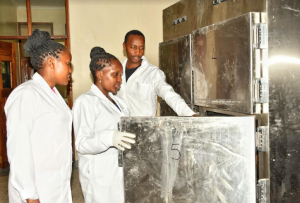
Wainaina said mortuary procedures dictate that bodies received from hospital wards must be recorded before they are cleansed, dried, and transferred to cold rooms before being disposed of to family members for burial.
He said one incident will remain etched in his mind, where the ‘dead’ body of a man was accidentally transferred to the morgue only to’resurrect’ hours later, to the astonishment of workers and the public.
The superintendent noted the man who had been declared dead by health officials had been in a long coma for days from which incident the facility changed its rules to avoid such future mistakes.
Consequently, Wainaina said before bodies are transferred to the morgue, a diseased must be fully naked, labelled at the head and chest, have clothes labelled, and have taken not less than two hours at the ward after being pronounced dead.
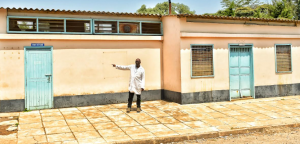
Wainaina, who studied Mortuary Science at Chiromo Campus, noted that being a mortician is a professional job that requires somberness and respect for the families of deceased persons.
At the facility, we meet Jemimah Wanjiku, a 21-year-old mortuary science student at Chiromo campus who said the facility has offered her a golden opportunity for practical training and is seeking to change the myths surrounding being a female mortician.
Wanjiku, who eyes a future career in pathology, said she was driven to her career by early eagerness and curiosity on the dark cloud that hovered over a mortician’s job.
By Erastus Gichohi and Susan Wanjiru


